Are you ready to test the waters of entrepreneurship? Start with a side hustle.
Having a side hustle gives you security, reassurance, diversity of income, and most importantly, it gives you the possibility for something more than just the mindless 9 to 5.
Since a side hustle is really a business at it’s core, I’m going to argue that a business is nothing more than a format for channeling your skills, experiences, abilities and interests into a neat little package that helps people accomplish something meaningful.
When thinking about what it means to start a business, it’s easy to let your mind race around all of the to-do list items like writing a business plan, filing for an LLC, setting up your website, getting a logo designed, making business cards, optimizing your Facebook page, the list goes on and on.
Making Commerce Better for Everyone
Shopify is supporting the next generation of entrepreneurs, the world’s biggest brands, and everyone in between
But here’s the truth: None of these tasks matter at all today.
Especially as you’re still looking for the right side hustle idea for you and trying to determine the best way to go about getting started.
A business needs to be incredibly simple in the early days.
No fully baked products, fancy websites, email marketing tools, hi-tech automation systems or Facebook Ad campaigns. When you’re looking for the right idea (and just getting started), any moment spent not directly helping people is a waste of your time.
Let’s take a look at three key ways to go about finding the right side hustle for you, and how you can channel those skills, experiences and interests of yours into a vehicle for helping people accomplish something meaningful.
12 Keys to Finding and Starting a Side Hustle for Extra Income
Observe what you already do at work
What’s your job title at work?
Regardless of your exact title and the daily responsibilities on your plate, chances are high that there’s a market for freelancers and consultants in this type of role.
Freelancing is simple, and it’s one of the best side hustles you can start doing today—as long as you have the right level of motivation and a willingness to deal with rejection. Freelancing is nothing more than taking the skills you already have (or are actively building) and pitching them to companies or individuals who could use your skills in their business, on a contract basis.
Just about any somewhat established company with at least a few employees is going to be receptive to hiring an external freelancer or consultant that demonstrates the ability to provide enough value. Many companies hire freelancers simply because they don’t want to hire full-time for the role, can’t afford to or want to test the waters with someone on a contract basis.
So, ask yourself what you do for work at your day job.
- Do you spend any time copywriting? Putting together blog posts? Creating proposals or presentations? Well, you could very easily make a run at freelance writing.
- The same goes if you’re a web developer or software engineer. Offer your freelance services on a project or hourly basis to companies that need tech help, but can’t justify another full-time hire.
- Designers, marketers, photographers, salespeople—all of these types of jobs have given you the opportunity to build your skills, and there’s high demand for good freelancers in all of these fields.
Getting started with freelancing is extremely easy.
Begin by digging deep into your existing network first, rather than immediately rushing to the freelance marketplace websites like Upwork, Freelancer or Fiverr, where you’re likely to be treated as a commodity. Instead, identify friends, family, former co-workers, classmates and teachers that either have worked with or currently work at cool companies you could see yourself freelancing for.
Touch base with the people in your network, not with a hidden agenda that you need to immediately land a freelance gig with them, but just to let them know you’re now taking on freelance projects.
Organize your best work into a very simple portfolio site using a platform like SquareSpace. Something that can show your prospective clients the type of work you’ll be able to deliver for them.
AI + Data + CRM = more sales and happier customers.
Start or grow your business with the #1 CRM. Salesforce now has AI tools that helps you connect with your customers in a whole new way.
Examine the problems you’re good at solving
If you’ve been able to solve a meaningful problem for yourself in a repeatable manner, there’s all but guaranteed to be an existing market of people (or businesses) who will pay for quicker, more effective access to that solution.
You can offer the solution as a freelancing service. Or under the right circumstances, you can package what your service does into a physical product that replicates the solution, or even digital products that do the same. You can also get into creating educational resources that train others how to get up to speed, so they’re able to solve their own challenges.
Start by asking yourself these questions to examine whether or not there’s a market for solutions to the problems you’re good at solving.
- Are there any particular problems or topic areas that people tend to come to you asking for advice and assistance with?
- Are you seen as a resource or a resident expert at something?
- Do you find yourself answering the same questions over and over again in the office?
- Is it easy for you to connect people you know to others who are good potential customers, partners, investors or otherwise?
- Have you built your own internal tools or processes for doing something quicker?
- Do you have a coveted skill that seems difficult for others to build and replicate?
If so, this is an opportunity to take something you’re already good at and monetize it into a physical product, service or digital offering that helps people overcome the challenges you’re good at solving.
For example, take the proliferation of product management tools that have been borne out of the need for proper organization, better internal collaboration and faster launching of new projects. These tools are classic examples of taking your personal expertise at doing something, shepherding a new product through to completion, and turning it into a productized, step-by-step system others can follow to achieve similar results.
However, it’s dangerously easy to get attached to your idea, and find yourself spending a lot of money bringing it to life before you’ve truly validated it with paying customers, or by getting pre-orders from people who are willing to pay you for this solution.
Noah Kagan, serial entrepreneur and CEO of Sumo.com, agrees. He shares, “Don’t waste time or spend money on non-core issues when starting a business. In fact, don’t spend any money until you make some.”
This reinforces the business advice that dozens of the world’s top entrepreneurs have shared with me: No matter the type of business, get your customers first.
If you can build a rough, basic version of your solution that works well enough to actually help people achieve their goals (and convince them to pay you before it’s perfect), then that’s when you know you’re really onto something.
Ask yourself what pisses you off most
This is my personal favorite tactic for finding new side hustle ideas, because the focus isn’t necessarily limited to what I’m good at today—or what I’ve identified as a market opportunity.
Instead, the emphasis is on taking a look at the problems, situations, processes, products and services that you feel are subpar and are seriously motivated to improve upon. This is the recipe for discovering a labor of love that you’ll want to pursue.
Here’s an example: I get asked about business ideas and for business advice all the time.
Something that really pisses me off is seeing the friends, family, former-classmates and readers of my blog who ask me for advice, struggle endlessly with trying to validate their ideas and build a business. To address this problem over the past few years, I’ve written extensive guides, created courses, recorded videos and held live webinars, all with the goal of teaching the people I know how to get their first customers. This is something that’s typically been fairly intuitive and relatively easy for me to do. And one of the biggest reasons it’s so difficult for many people, is because they over-complicate the process.
So, I decided to try something radically different. In order to show my community just how easy it can be to validate a business idea if you approach it the right way, I launched a month-long challenge for myself. I asked my readers to vote on a few different options for ideas I’d spend the month trying to validate—and I posted weekly updates sharing progress with exactly what was working and what wasn’t.
By the end of the experiment, I pre-sold a dozen copies of a book that didn’t even exist yet. The sales largely came from friends, mutual connections and people I’d gone to school with who shared an interest in the topic the book was going to be about.
Nothing complex at all. I didn’t build a website, run Facebook ads, spend exorbitant amounts of money, or do anything else that distracted me from just connecting with real people and working with them to come up with a product concept they were interested in. Then, I asked them to pre-order it, and because I’d incorporated much of their personal feedback into the product outline, it was a no-brainer for them to say yes.
Eventually, this public experiment led to hundreds of people commenting on the post and sending me emails, asking for help in replicating this process with their ideas. After consulting for a dozen of these people and helping them get results, I productized this service into an online course that’s now grown to be a large portion of my business.
Conclusion: it all comes back to helping people
No matter what type of business you want to start, the common denominator of successful entrepreneurs is that their product, service or solution helps people solve a meaningful problem.
And that problem needs to be one that you personally have experience solving, for both yourself and others.
Here’s the beauty about starting as a side hustle: regardless of where you’re at, you can start today. You don’t need to be the world’s foremost expert on your subject in order to charge for your services. To ask people to pre-order your product. To get someone on board for your coaching program that might eventually evolve into a course.
All you really need is the courage to start today. To continue your journey of becoming an expert at your craft. To use your skills to help others, chase your interests, do something, take control. Because the one thing you absolutely cannot afford to do is to wait around for the right idea to just magically fall into your lap.
Originally published Aug. 15, 2017.









